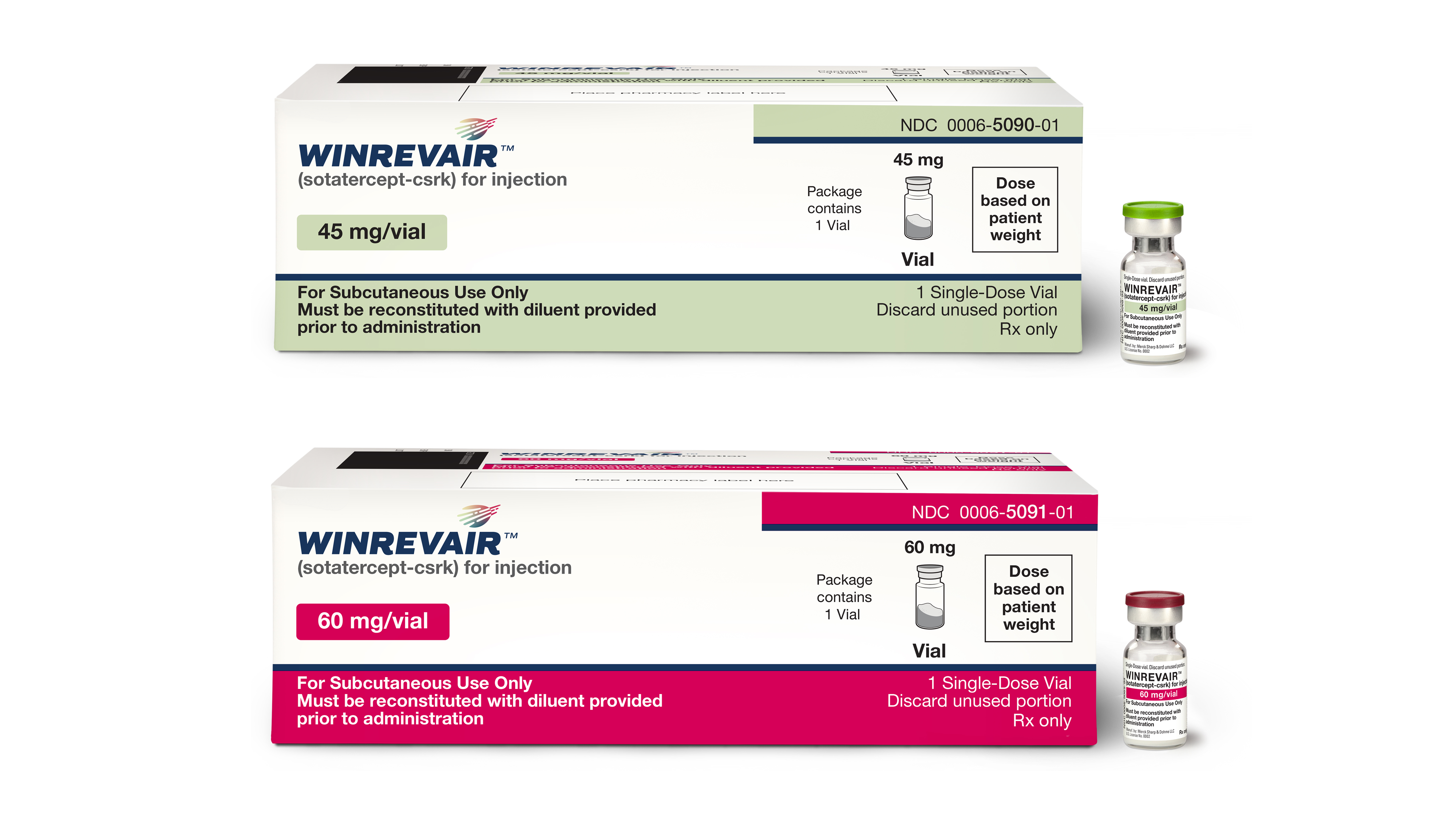In collaboration with the researchers at the University of Dundee in Scotland, pharmaceutical company Boehringer Ingelheim will develop a new class of proteolytic cancer drugs. The drugs – named proteolysis targeting chimeric molecules (PROTACs) – will be designed to use the cell’s own housekeeping system to degrade proteins that could lead to the development of diseases like cancer.
By simultaneously binding to an ubiquitin ligase and a protein, PROTACs can trigger a cellular process capable of breaking-down the target molecule. As researchers have used RNAi screens to identify potential disease-causing proteins – including the bromodomain and extraterminal (BET) domain family – PROTACs have the potential to play a role in the treatment of cancer as well as other diseases.
“We believe our approach has the potential to fundamentally transform how we tackle protein targets to fight disease,” said Dr. Alessio Ciulli, Associate Professor of Chemical and Structural Biology at the University of Dundee. “We are very excited to partner with Boehringer Ingelheim, one of the world’s 20 leading pharmaceutical companies.”
The University of Dundee is a leader in PROTAC research, and teaming up with Boehringer Ingelheim could push the technology from experimental to practical. Despite the platform’s past issues, the team could make some major headway on PROTAC development.
Research into the protein-degrading molecules began 16 years ago, but many researchers have found it challenging to identify small molecule drug candidates with sufficient binding affinity and specificity for ubiquitin ligases.
According to recent research published by Ciulli’s team, the researchers have identified a drug candidate capable of targeting a protein – named BRD4 – which has been implicated in acute myeloid leukemia, ovarian carcinoma and chronic obstructive pulmonary disease. “This is a prime example of an industry-academia collaboration to establish a disruptive new approach to drug discovery, initially developed in academia, and to enable its translation all the way to benefit patients,” said Ciulli.












Join or login to leave a comment
JOIN LOGIN